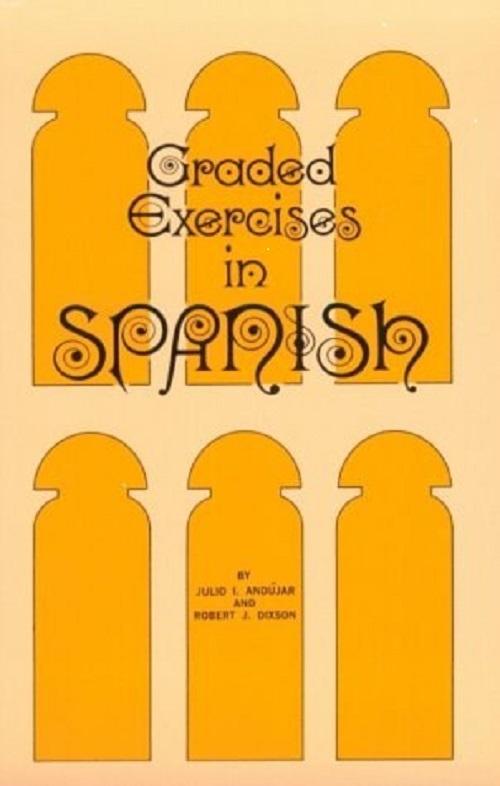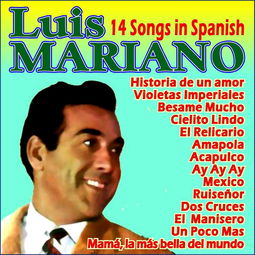
Bite into the Spanish Language: A Detailed Guide for You
Are you ready to take a bite out of the Spanish language? Spanish, known as “Espa帽ol” in its native tongue, is one of the most widely spoken languages in the world. With over 460 million speakers, it’s a language that can open doors to numerous opportunities, from travel to business. In this comprehensive guide, I’ll walk you through the ins and outs of learning Spanish, from pronunciation to grammar, and everything in between.
Understanding Spanish Pronunciation

One of the first things you’ll notice about Spanish is its unique sound. Unlike English, Spanish has five vowel sounds and five distinct vowel lengths. Here’s a quick rundown:
| Vowel | Sound | Example |
|---|---|---|
| A | As in “father” | Amo |
| E | As in “bed” | Te |
| I | As in “sit” | Me |
| O | As in “hot” | Lo |
| U | As in “put” | Yu |
Remember, the length of the vowel sound also affects its pronunciation. Short vowels are pronounced quickly, while long vowels are held longer.
Mastering Spanish Grammar

Spanish grammar can be challenging, but with practice, you’ll be able to navigate it with ease. Here are some key points to keep in mind:
Gender and Articles: Spanish nouns have genders, either masculine or feminine. This affects the articles “el” (masculine) and “la” (feminine). For example, “el perro” (the dog) and “la gata” (the cat).
Verbs: Spanish verbs conjugate according to the subject and tense. This means you’ll need to learn different forms of the same verb for different subjects and tenses. For example, “hablar” (to talk) conjugates to “hablo” (I talk), “hablas” (you talk), “habla” (he/she/it talks), “hablamos” (we talk), “habl谩is” (you all talk), and “hablan” (they talk).
Prepositions: Spanish prepositions are used to indicate relationships between nouns and other parts of speech. Common prepositions include “en” (in), “de” (of), “a” (to), and “por” (for). For example, “en el parque” (in the park) and “de mi casa” (of my house).
Expanding Your Vocabulary

Building a strong vocabulary is essential for fluency. Here are some tips to help you expand your Spanish vocabulary:
Flashcards: Create flashcards with Spanish words on one side and their English translations on the other. Review them regularly.
Read and Listen: Read books, articles, and watch videos in Spanish. This will help you encounter new words in context and improve your listening skills.
Use a Dictionary: Keep a Spanish dictionary handy to look up new words and review their meanings and usage.
Practice Makes Perfect
Like any language, Spanish requires consistent practice. Here are some ways to practice:
Language Exchange: Find a language exchange partner or join a language exchange group. This will give you the opportunity to practice speaking with a native speaker.
Travel: If possible, travel to a Spanish-speaking country. Immersion in the language will accelerate your learning.
Online Resources: Utilize online resources such as language learning apps, websites, and forums to supplement your learning







